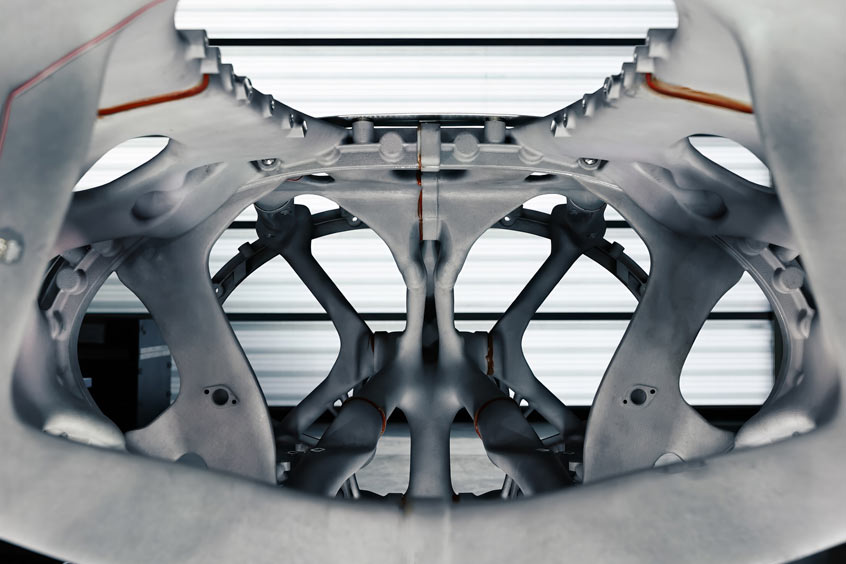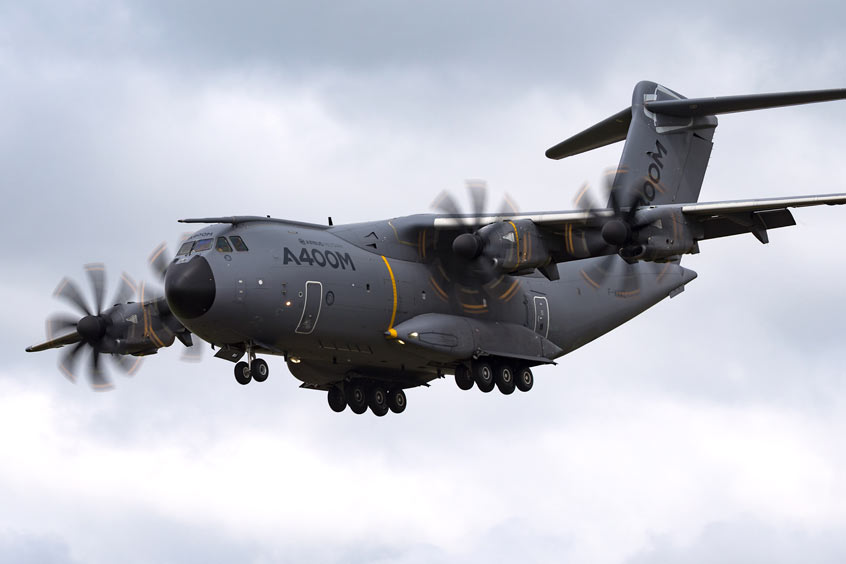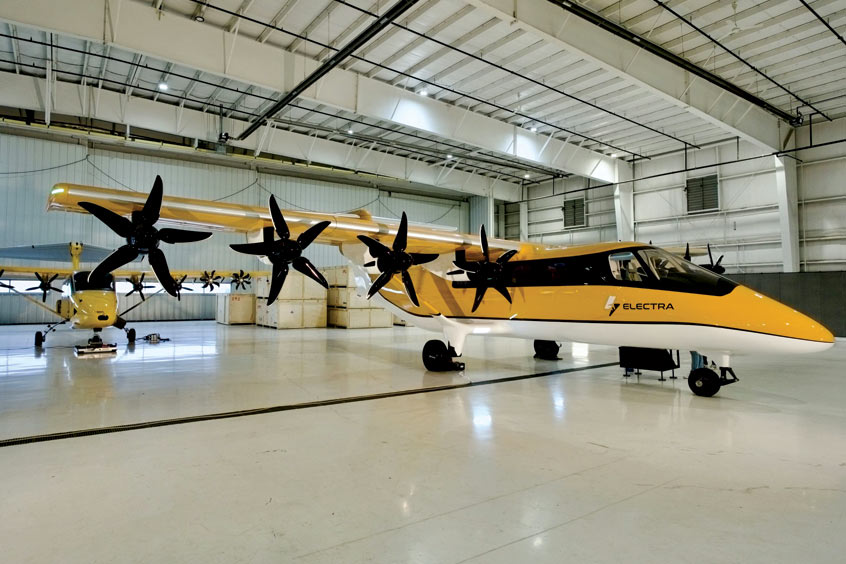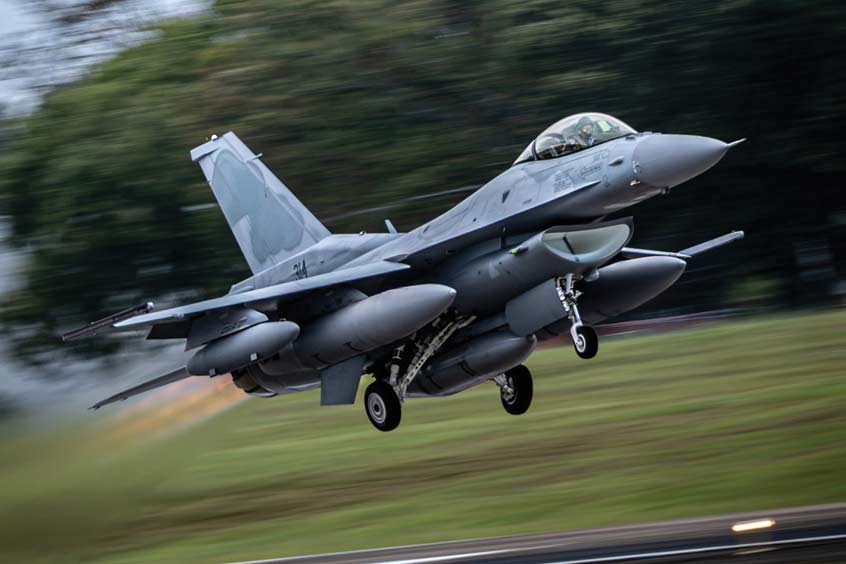Stratodynamics Inc. and UAVOS have performed a series of stratospheric flights with the HiDRON, an autonomous aircraft, at Spaceport America, New Mexico. The mission objectives were to advance new systems for forward sensing turbulence detection onboard aircraft at near-space and commercial flight altitudes.
The early June flight campaign was supported by the NASA Flight Opportunities Program to advance turbulence detection sensors developed by the University of Kentucky (UKY) and NASA's Langley Research Center. The results will cross validate data from multiple probes with flight data from the HiDRON.
The balloon launched HiDRON stratospheric glider achieved controlled flight following a release from a sounding balloon at altitudes above 82,000 ft. (25 km) on both June 1 and 4 and 98,000 ft (30 km) on June 6. The UAVOS designed autopilot demonstrated a breakthrough in autonomous control during the critical 'pullout phase'. At the 98,000 ft apogee, the HiDRON released from the balloon in zero-gravity conditions, accelerated rapidly, approaching 300 mph (480 kph) in the first 15 seconds of flight. The HiDRON completed the pullout phase and achieved controlled flight at an altitude above 92,000 ft (28 km), 7,000 ft. higher than the record setting SR-71 Blackbird while travelling at a 280 mph (450 kph) ground speed. The HiDRON then glided in a controlled flight path back toward Spaceport America's runway for approximately 4.5 hours while recording flight and payload data. Before landing, the team also tested the autonomous soaring algorithm with the HiDRON gaining almost 3000 ft of altitude by self-centering in a convection thermal.
"This mission represents a major milestone for Stratodynamics in achieving controlled, autonomous flight at record-setting altitudes and with aircraft's aerodynamically efficient airframe capable of utilising available natural energy. The HiDRON also performs as an extremely sensitive instrument that can detect turbulence and correlate data collected from payload sensors. This campaign will contribute to Stratodynamics' turbulence detection systems currently in development for multiple aviation-based applications," says Gary Pundsack, CEO Stratodynamics.
The flight campaign team included Aliaksei Stratsilatau, CEO of UAVOS (HiDRON autopilot developer and supplier), Dr. Sean Bailey, Principal Investigator and Ryan Nolin, flight technician from UKY, Dr. Qamar Shams, sensor inventor from NASA Langley, as well as balloon launch specialists, Andrew Denney and Victor Davison from the Physical Sciences Lab at New Mexico State University to assist with launch logistics. This multi-member collaboration converged at Spaceport America to combine the novel, high-altitude aerial platform with multi-hole wind probe and infrasonic microphone sensors to advance forward detection of turbulence systems. During the ascent phase, the platform captured a stunning view of New Mexico which has recently been selected as NASA's June 17 Image of the Day.
Researchers participating in the flight test supported by NASA's Flight Opportunities include UKY researchers Anisa Haghighi and Dr. Sean Bailey and Dr. Shams of NASA's Langley Research Center. The group will spend the next several months analysing the sensor data to identify turbulent events and their proximity to the airborne sensors. Bailey adds, "The HiDRON aircraft was an ideal platform for these investigations. Its controlled descent provided us with many hours of data and increased our ability to observe randomly occurring events. We look forward to examining the data more closely to see what we can learn about turbulence in the atmosphere."
UAVOS' lead autopilot developer and CEO Aliaksei Stratsilatau, adds, "The HiDRON successfully completed all of the missions proving that UAVOS' scalable, fully integrated avionics system as well as flight-proven hardware continue to ensure HiDRON is at the forefront of stratospheric missions for the long-term. This succeeded today thanks to the combined hard work of NASA's Langley Research Center, Stratodynamics Inc., the University of Kentucky, and the UAVOS team".
Henry Cathey, Director of the New Mexico State University's Physical Science Laboratory Aerospace Division says, "PSL has many decades of supporting small to large balloon flight missions to safely enable science and research. It's part of our DNA and we are happy to be a key part of this successful set of flights."
"The PSL team was enthusiastic to be part of this pioneering launch," says Andrew Denney, Lead Electrical Engineer at PSL and principal investigator for this effort. "Our goal is to provide launch services and expertise that support advancements in research and technology. The safety of the crew and research instrumentation remains at the forefront of our launch priorities; as does the success of our partners".
Scott McLaughlin, Executive Director of Spaceport America, notes: "This truly is exciting science and technology. It combines UAV's, balloons, and infrasonics to measure turbulence in the atmosphere in a way no one else has done. We are very happy to have had their team testing at Spaceport America."
| Contact details from our directory: | |
| Stratodynamics Aviation Inc. | Airframer |
| UAVOS Inc | Airframer, Automatic Flight Control Systems, Autopilots, Gimbal Systems, Industrial Ovens, Servoactuators, Whole Aircraft Parachutes |
| NASA Langley Research Center | Research/Consulting Services, Testing Services, Wind Tunnels |
| Related aircraft programs: |
| Stratodynamics HiDRON |
Weekly news by email:
See the latest Bulletin, and sign up free‑of‑charge for future editions.

Saab advances digital manufacturing with autonomous fuselage

Airbus deploys Stratasys printed parts for A320, A350 and A400M

Electra kicks off Part 23 application for hybrid-electric EL9
